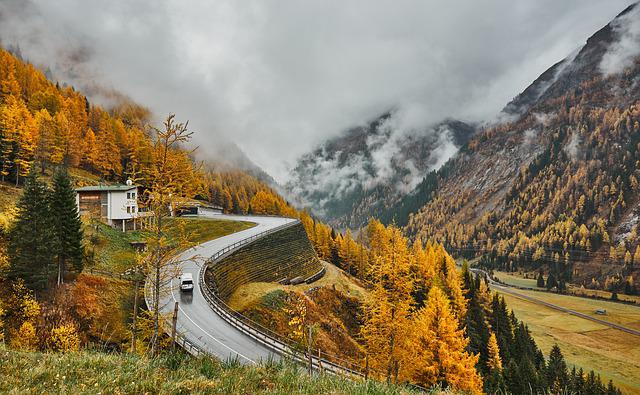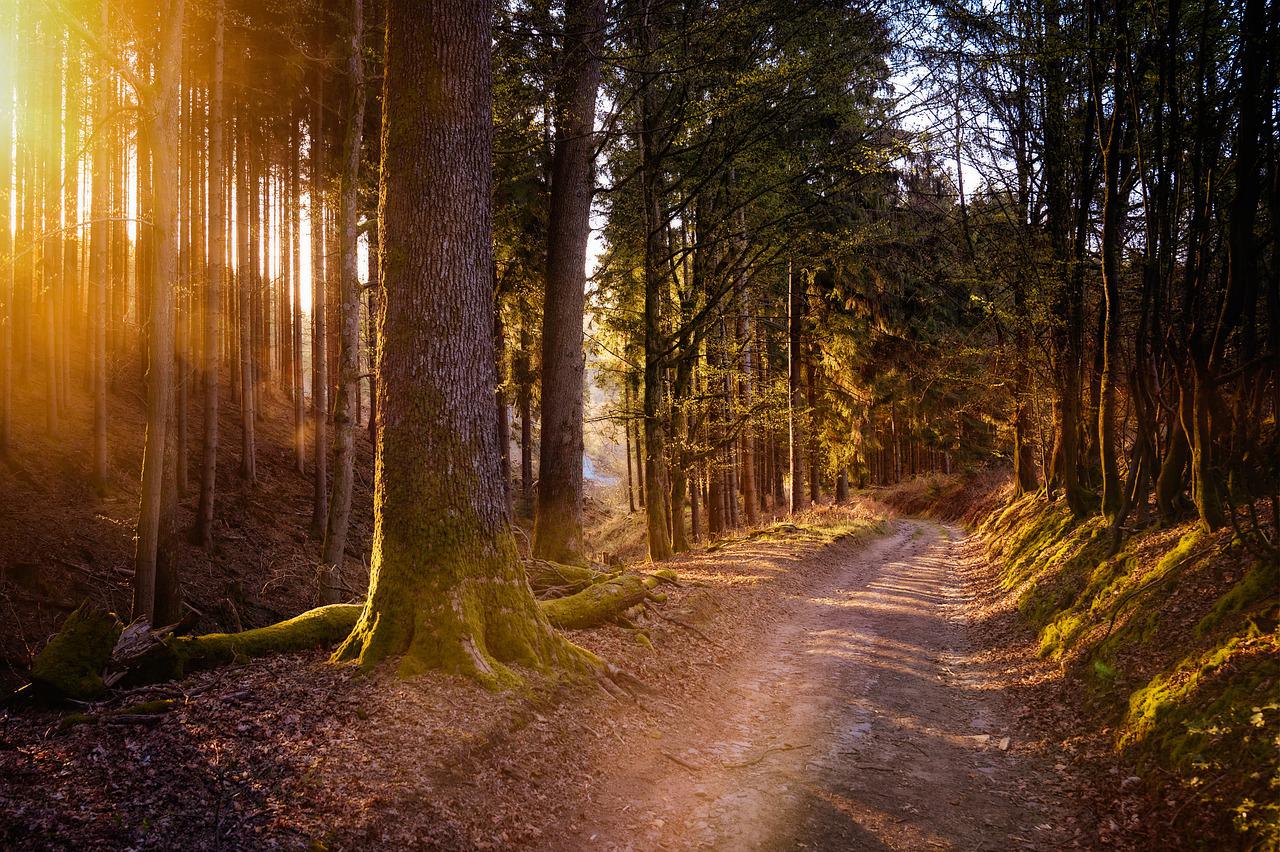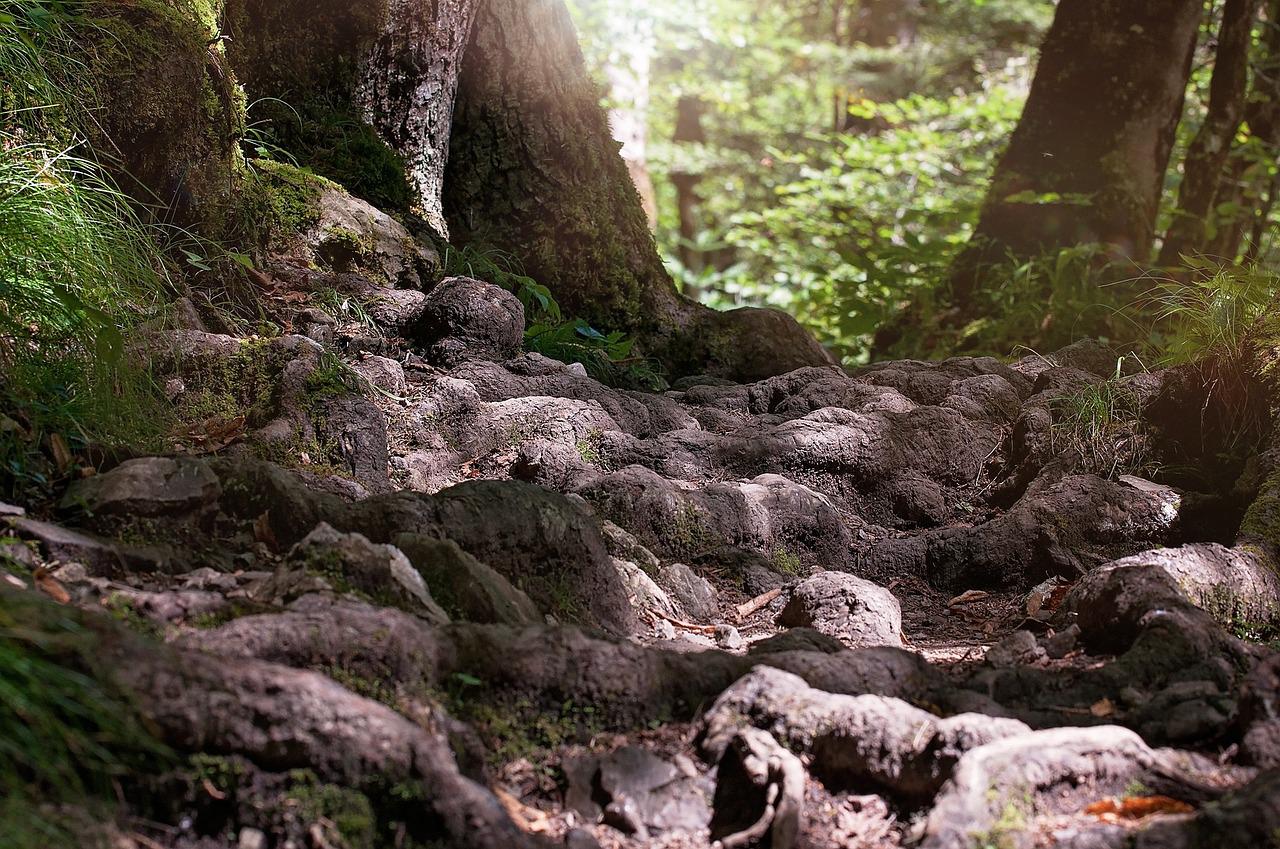
If you are used to traveling a certain type of road, a certain way, through a certain landscape, it can be disorienting to travel in a different situation. Someone who routinely drives a car at high speeds on a super-highway through the Alps might see this road very differently from a person who usually drives on a flat landscape of straight roads.

Someone who usually drives a car might feel a bit intimidated if they find themselves having to get somewhere on foot. They might feel uncertain of where they’re going, or how long it will take to get there. Even a well-marked path through a forest can seem scary as sunset and darkness approach if the person has spent most of their time in the city among bright lights, lots of other people, and a strong cell phone signal for GPS.

What about a trail like this one? Is it even a trail? Or is it merely a place where stones and tree roots make something that looks a bit like a trail but won’t lead a person to the place they’re trying to go? If a person mistakes it for a path and it isn’t, will they get lost? If they turn away, thinking it’s not a path, and it is one — what then?
You can see that we’re all used to getting around specific kinds of landscapes in specific kinds of ways, and that when some or all of that changes, we find ourselves disoriented and even sometimes anxious. We can even wind up actually losing our way.
Western culture is pretty famous for grading broad, smooth highways with wide safe curves or straight lines that permit high-speed travel. These ways of travel mirror the ways Western culture carries out its meetings and collaborative group activities too. You start your journey with a map that shows you exactly where you’re going and how you’ll get there. You are advised of your progress all along the way. If you plan wisely and well, there are few surprises on your journey: you wind up exactly where you planned to go, at the time you planned to get there.
Indigenous people tend to enjoy being a little closer to the natural world than this kind of travel permits. Especially when we are engaged in a creative and collaborative community journey, we tend to choose places that look more like the stone path above, than places with graded dirt roads or high-speed pavement. That’s because the faster you go, the less you’re able to interact with the natural world around you. Further, the more sacred the work we’re doing together, the more likely it is that the landscape we travel will have no trail in it at all.
When you travel on foot on the stone sort-of-trail shown in that third picture, you can stop and sit among the trees and relate with them, listen to them, learn from them. You can do the same with the stones, with the mosses and lichens on the stones, with the wind, with any water moving there, and with all the other things in that Place. When you do that, you might very well wind up going somewhere you hadn’t thought about going — but not because you’re lost. As you read the guides on the next page, I will leave it up to you to think about why you would do that — and why it would be a positive thing, rather than negative.
Please go to the next page now, Signposts to Watch For.
Or use this Menu to visit previous pages:
How We Work
Learning in Community
Mindful Awareness
The One Big Rule
Signposts to Watch For
